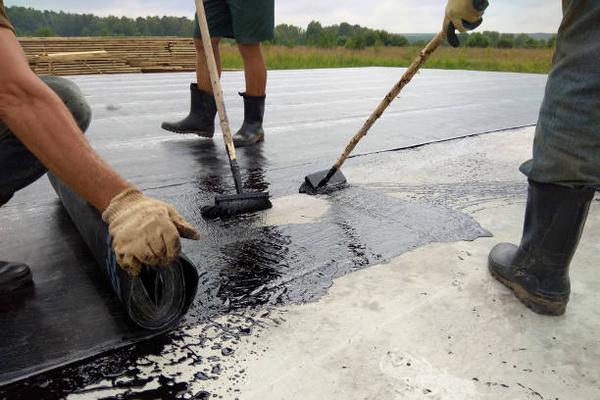
Optimizing Comfort with Thermostat ‘Return’ Settings
admin
- 0
When it comes to optimizing comfort in your home, one important factor to consider is the thermostat “return” setting. This setting determines how quickly your HVAC system will kick back on after reaching the desired temperature, and can greatly impact the overall comfort level of your home.
Most thermostats have a default return setting of 1 degree Fahrenheit. This means that once the temperature in your home deviates from the set point by 1 degree, the HVAC system will turn back on to bring it back to the desired temperature. While this setting may work for some people, others may find that it results in frequent cycling of their HVAC system, which can be both noisy and inefficient.
To optimize comfort in your home, you may want to consider adjusting the thermostat return setting. By increasing this setting to 2 or even 3 degrees Fahrenheit, you can reduce the frequency at which your HVAC system turns on and off. This not only helps maintain a more consistent temperature throughout your home but also reduces wear and tear on your system, potentially extending its lifespan.
Of course, adjusting the thermostat return setting is not a one-size-fits-learn all the details ideal setting will depend on factors such as the size of your home, insulation levels, and personal preferences. It may take some trial and error to find the perfect balance between comfort and efficiency.
Another factor to consider when optimizing comfort with thermostat return settings is humidity control. Most modern thermostats have built-in humidity sensors that can help regulate indoor humidity levels. By adjusting both the temperature and humidity settings on your thermostat, you can create a more comfortable living environment year-round.
In addition to adjusting thermostat settings, there are other steps you can take to optimize comfort in your home. Proper insulation and sealing drafts can help maintain a consistent temperature throughout your home while reducing energy costs. Using ceiling fans or portable heaters can also help distribute air more evenly throughout different rooms.
Ultimately, finding the right balance between comfort and energy efficiency requires careful consideration of multiple factors including thermostat settings, insulation levels, humidity control, and personal preferences. By taking these factors into account and making small adjustments as needed, you can create a comfortable living environment that meets all of your needs.
In conclusion,optimizing comfort with thermostat return settings is an important step towards creating a more comfortable living environment in your home.By making small adjustments based on factors like size of house ,insulation level,humidity control etc,you can achieve optimum level of comfort while maintaining energy efficiency .

